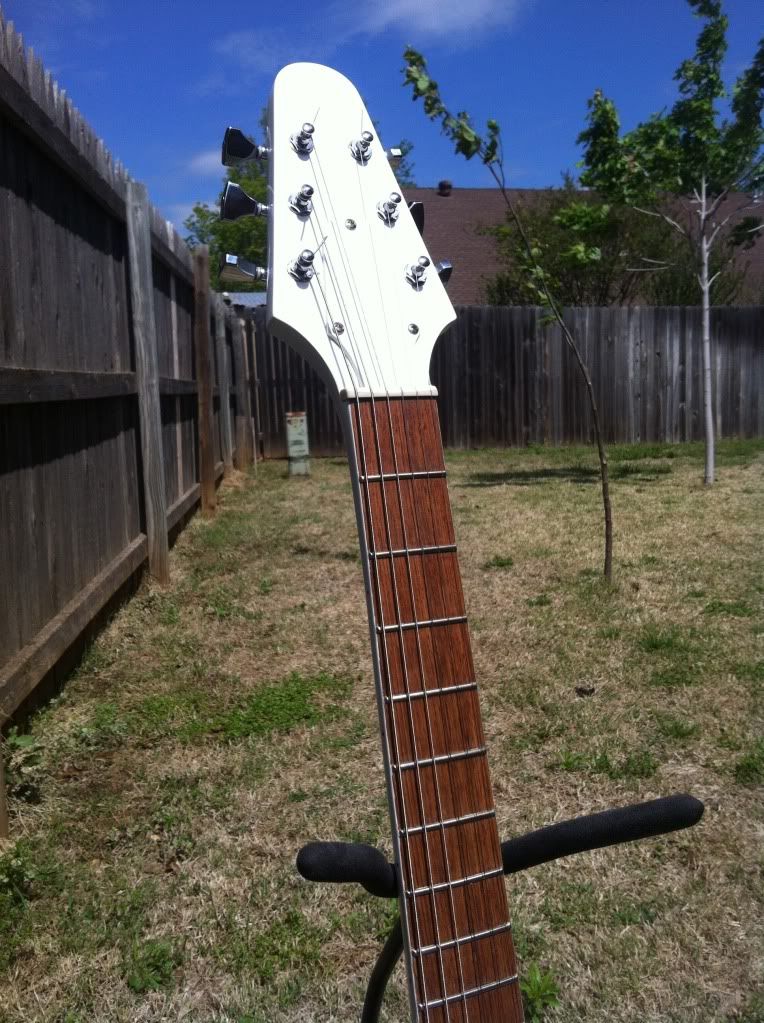Grave Bomber
Ghoulish Anomaly
Someone more knowledgeable than myself, please explain the deal with Brazilian Rosewood. From what I can surmise-it was a common rosewood in use back in the 50's and 60's, it generally seems to have a darker color overall and if used on a guitar currently, the price is outrageous.
So what is the deal? I have to guess it has to do with scarcity/rarity. Is it that no more can be harvested, that what is left around is left, or that it can only be harvested in very small quantities? Is it somehow superior to other more common rosewoods? Is it just marketing?
idn_smilie
So what is the deal? I have to guess it has to do with scarcity/rarity. Is it that no more can be harvested, that what is left around is left, or that it can only be harvested in very small quantities? Is it somehow superior to other more common rosewoods? Is it just marketing?
idn_smilie



